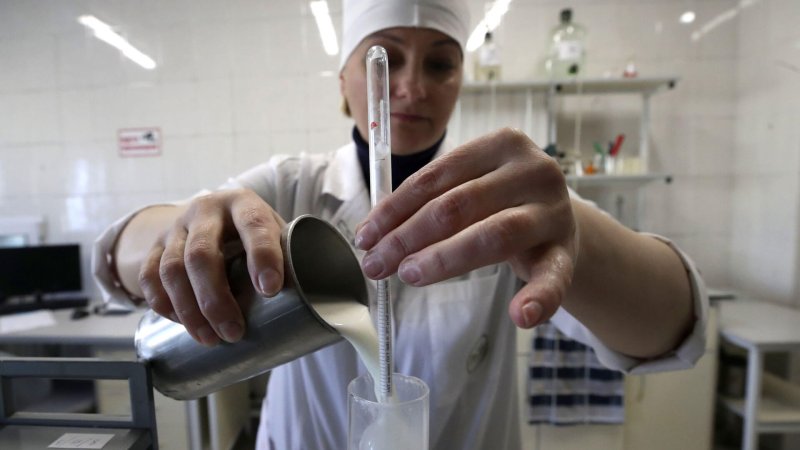[Cell-based milk start-up] Opalia’s process involves harvesting mammary cells from the cow udder, then growing these cells in sterile cell culture flasks and making them proliferate in high numbers. Then the cells are added to a specialized bioreactor that mimics an udder, where they are given a nutritious “cocktail” containing sugars, amino acids, salts, and our animal-free FBS [fetal bovine serum] replacement. Once the cells are grown, the animal-free FBS replacement is removed, and lactation hormones are introduced to promote lactation. The cells then actively produce milk, and that milk is harvested, purified, and dried before being distributed to commercial partners.
Follow the latest news and policy debates on sustainable agriculture, biomedicine, and other ‘disruptive’ innovations. Subscribe to our newsletter.
“The flavor should be identical since we are able to make all of the functional ingredients of milk, like proteins, fats and sugars. As for spoilage, the method of production is sterile, so there are no bacteria introduced in our process. This means that our milk can be kept at shelf temperature for longer than traditional milk. Moreover, in large quantities, our milk is going to be dried for ease of shipping and storing, so there is even less worry about spoilage. The goal is to have a fully functional product in the powdered form even when reconstituted with water,” [said co-founder Jennifer Côté].































